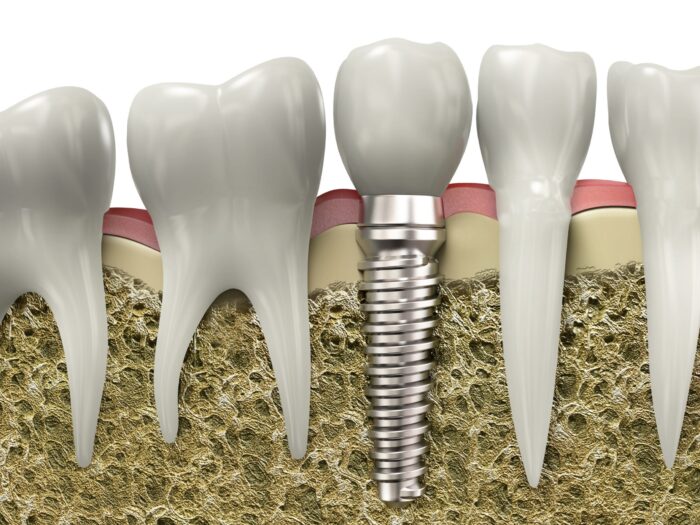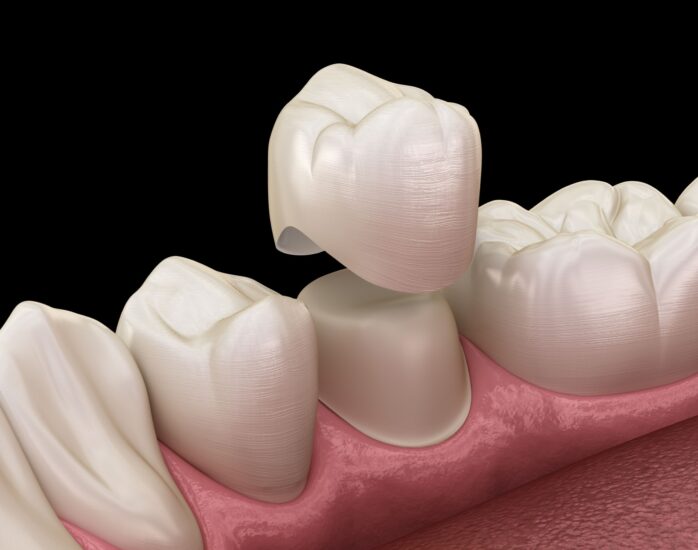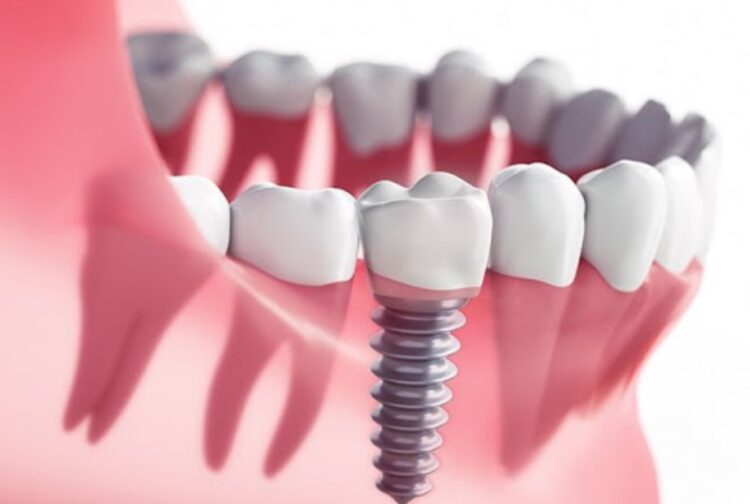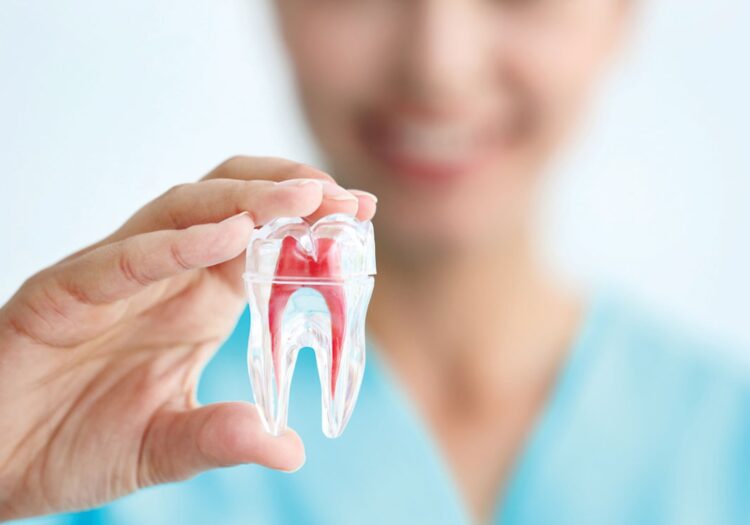
Dental implants are modern dentistry’s answer to missing teeth. They are artificial tooth roots, generally crafted from titanium, which serve as the foundation for replacement teeth. Unlike traditional dentures or bridges, dental implants are anchored in the jawbone, offering a sturdier and more natural feel. Understanding the longevity of dental implants is essential not only for individuals considering this option but also for those already with implants, as it directly impacts ongoing maintenance, costs, and overall oral health. This guide delves into various aspects of dental implants, offering insights into their durability and effectiveness as a long-term dental solution.

Dental Implants vs. Other Tooth Replacement Options
Dental implants stand out in the realm of tooth replacement options for several reasons. Unlike dentures, which are removable and can lead to bone loss over time, implants integrate with the jawbone, helping to maintain its integrity. This integration also means implants won’t slip or shift, a common issue with dentures. Compared to bridges, which rely on adjacent teeth for support, implants are a standalone solution that doesn’t strain other teeth. The longevity of dental implants often surpasses other options, making them a more cost-effective solution in the long run. While bridges and dentures may need replacement or adjustments every 5 to 10 years, dental implants, with proper care, can last much longer.
Dental Implant Components
A dental implant system consists of three key components: the implant post, the abutment, and the crown. The implant itself, a screw-like post, is inserted into the jawbone, where it integrates or fuses with the bone, creating a stable base. The abutment is then attached to this implant and protrudes above the gum line, serving as a connector between the implant and the replacement tooth or crown. The crown, custom-made to match the color and shape of natural teeth, is the visible part of the implant. This multi-component design plays a significant role in the implant’s functionality and durability, with each part made from materials selected for strength and biocompatibility.

Factors Affecting Dental Implant Lifespan
The lifespan of dental implants is influenced by several factors, including oral hygiene, lifestyle choices, and overall health. Good oral hygiene practices such as regular brushing and flossing are crucial in preventing gum disease, which can compromise implant stability. Lifestyle choices, such as smoking, can significantly shorten the lifespan of an implant by affecting the healing process and gum health. Diet also plays a role; a diet rich in vitamins and minerals supports overall oral health, while hard or sticky foods can put undue stress on implants. Regular dental check-ups are essential to monitor the health of the implant and address any issues promptly.
Dental Implant Materials
The materials used in dental implants are chosen for their durability, biocompatibility, and ability to integrate with bone. Titanium is the most commonly used material for the implant post due to its strength and its unique ability to fuse with bone. Zirconia is another material gaining popularity, known for its tooth-like color and hypoallergenic properties. The crowns can be made from various materials, including porcelain, ceramic, or a combination, providing durability while also giving a natural appearance. These materials are resistant to wear and tear, contributing to the long-term success of the implants.

Average Lifespan of Dental Implants
Statistically, dental implants have an impressive track record of longevity. Most implants last for 20 years or more with proper care, and many patients experience lifelong stability. This extended lifespan is a testament to the advanced technology and materials used in implant dentistry. However, the success of an implant also depends on individual factors like oral health and lifestyle choices. It’s important for patients to understand that while implants are a long-term solution, they are not indestructible and require consistent care.
Maintenance and Care
Maintaining dental implants involves a combination of good oral hygiene, regular dental visits, and lifestyle adjustments. Daily brushing and flossing are critical in preventing plaque buildup and gum disease, which can threaten the stability of the implant. Regular dental check-ups, typically every six months, allow for early detection and treatment of potential issues. Avoiding habits like smoking and wearing a mouthguard during sports can also protect implants. This proactive approach to care ensures the longevity and functionality of the implant.

Potential Complications
While dental implants have a high success rate, there are potential complications to be aware of. Peri-implantitis, an infection that affects the gums and bone around the implant, is one such complication. It can lead to implant loosening and failure if not addressed promptly. Mechanical issues like a loose abutment or a cracked crown can also occur. Recognizing these complications early and seeking prompt treatment is crucial in preserving the implant.
Success Rates
Dental implants boast a high success rate, typically over 90%. This success is contingent upon several factors, including the skill and experience of the dental professional, the quality of the implant materials, and the patient’s adherence to post-procedure care and maintenance. The success rate also varies depending on the location in the mouth, with implants in the lower jaw tending to have a slightly higher success rate than those in the upper jaw.
Signs of Implant Problems
Signs that may indicate problems with an implant include persistent pain or discomfort, swelling or redness of the gums, difficulty chewing, or a feeling of looseness. Any of these symptoms warrant immediate consultation with a dentist. Early intervention can often prevent more serious complications and may save the implant.

Dental Implant Replacement
In cases where an implant fails, replacement is an option. The process typically involves removing the failed implant, allowing time for healing, and possibly bone grafting, followed by placement of a new implant. Success rates for replacement implants are generally high, especially when the underlying issues leading to the initial failure are addressed.
Conclusion
Dental implants are a durable, long-term solution for tooth replacement. Their lifespan, influenced by materials, maintenance, and individual factors, can extend for decades. Informed decision-making, including understanding the importance of care and potential complications, is key to maximizing the benefits of dental implants. With the right approach, dental implants can effectively restore function and aesthetics, contributing significantly to overall oral health and quality of life.









